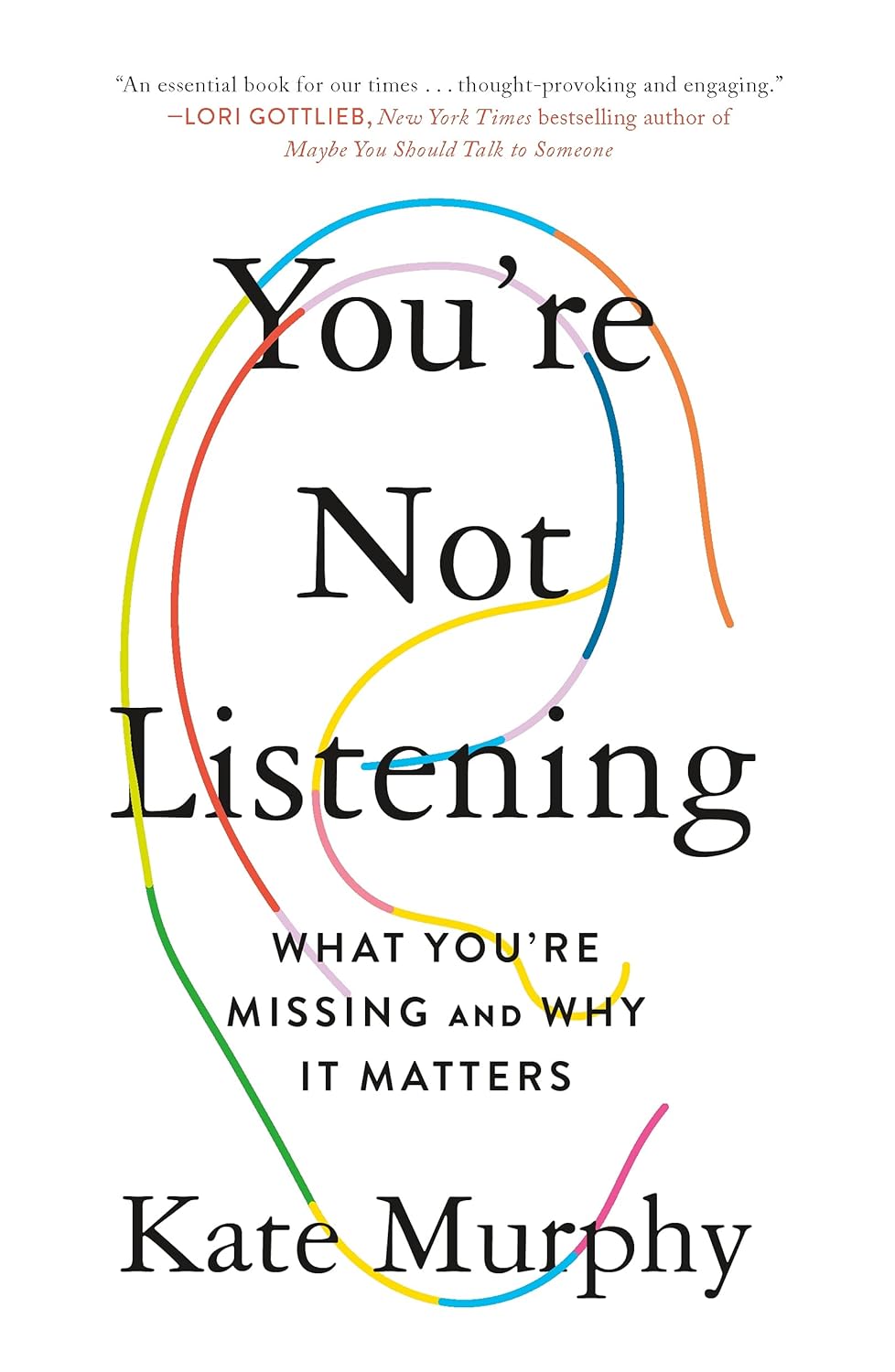Natural Ingredient Insect Repellent Market: A Shift Toward Safe, Sustainable Protection
Natural Ingredient Insect Repellent Market: A Shift Toward Safe, Sustainable Protection
The global insect repellent market is experiencing a notable transformation, driven by increased consumer awareness of the potential health risks associated with synthetic chemicals. As a result, natural ingredient insect repellents are gaining ground, favored for their safety, environmental friendliness, and growing efficacy. From plant-based oils to herbal extracts, these alternatives are carving out a significant share in personal care, public health, agriculture, and pet care.
This article explores the growth trends, driving forces, market segmentation, and future prospects of the natural ingredient insect repellent market, which is emerging as a strong segment within the broader pest control industry.
To Know More Visit: https://www.databridgemarketresearch.com/reports/global-natural-ingredient-insect-repellent-market
Market Overview
The natural ingredient insect repellent market is expected to be growing at a growth rate of 6.60% in the forecast period of 2022 to 2029. Data Bridge Market Research analyses the factors responsible for fostering the growth of natural ingredient insect repellent market which is due to the rising awareness about the benefits of using insect repellent.
Natural repellents utilize ingredients like citronella, neem, eucalyptus, lavender, peppermint, soybean oil, and lemongrass—all known for their insect-repelling properties without the toxic side effects of conventional options like DEET.
Key Market Drivers
1. Consumer Health Awareness
Reports of allergic reactions, respiratory issues, and neurological effects from DEET and other synthetic repellents have spurred a consumer shift. Families with children, pregnant women, and health-conscious individuals are increasingly opting for natural alternatives.
2. Regulatory Support for Natural Products
Agencies like the U.S. Environmental Protection Agency (EPA) and the European Chemicals Agency (ECHA) are tightening restrictions on chemical-based repellents, indirectly encouraging the market for botanical options. Natural ingredients with Generally Recognized As Safe (GRAS) status face fewer regulatory hurdles, aiding quicker market entry.
3. Rise in Vector-Borne Diseases
Outbreaks of mosquito-borne diseases like Zika, dengue, malaria, and West Nile virus are encouraging governments and NGOs to promote widespread insect repellent use. Natural repellents provide an effective and safer method for long-term protection, especially in tropical and subtropical regions.
4. Eco-Friendly and Sustainable Product Demand
Sustainability is a key purchase driver in today’s market. Natural repellents are biodegradable, non-toxic to aquatic life, and typically produced using renewable agricultural inputs. This aligns well with broader consumer trends favoring green products.
Market Segmentation
By Ingredient:
-
Citronella Oil
-
Lemon Eucalyptus Oil
-
Neem Oil
-
Soybean Oil
-
Lavender Oil
-
Peppermint Oil
-
Others (Geraniol, Basil, Tea Tree Oil)
By Formulation:
-
Sprays
-
Creams and Lotions
-
Roll-Ons
-
Sticks
-
Essential Oil Diffusers
-
Wipes
By Application:
-
Human Use
-
Animal and Pet Care
-
Agriculture and Horticulture
-
Indoor and Outdoor Home Use
By Distribution Channel:
-
Supermarkets and Hypermarkets
-
Online Retail
-
Specialty Stores
-
Pharmacy Chains
Regional Insights
North America: The U.S. leads this market due to high levels of health awareness, strong retail infrastructure, and growing adoption of organic personal care. Brands offering USDA Certified Organic and DEET-free solutions are gaining shelf space.
Europe: Europe has a mature market for natural personal care and is experiencing a parallel rise in demand for plant-based repellents. Germany, France, and Scandinavia are at the forefront due to stringent chemical regulations and a strong preference for eco-labels.
Asia-Pacific: This region, prone to insect-borne diseases, is rapidly adopting natural repellents. Countries like India and Indonesia, rich in natural resources and Ayurvedic traditions, are driving demand. Urbanization and increased awareness are key factors.
Latin America and MEA: Growing tourism, urban sprawl, and public health campaigns are boosting usage of repellents in these emerging markets. Governments are partnering with manufacturers for distribution in rural areas.
Competitive Landscape
The market is moderately fragmented, featuring a mix of multinational corporations and niche organic brands. Key players include:
-
Reckitt Benckiser (Repel Plant-Based Line)
-
Godrej Consumer Products (Goodknight Naturals)
-
S.C. Johnson (OFF! Botanicals)
-
Himalaya Wellness
-
3M (Natural Mosquito Repellent Patches)
-
Murphy’s Naturals
-
Babyganics
-
The Honest Company
Smaller companies are innovating rapidly, often gaining traction through e-commerce platforms, influencer endorsements, and clean-label certifications.
Innovation Trends
1. Microencapsulation and Slow-Release Technology
To counter the often shorter efficacy of natural ingredients, companies are investing in encapsulation technologies that offer extended protection, sometimes lasting up to 8 hours or more.
2. Multi-functional Products
Natural repellents are being integrated into sunscreen, moisturizers, and after-sun lotions, offering multifunctional value that appeals to convenience-oriented consumers.
3. Pet-Friendly Formulas
Pet-safe repellents using non-toxic essential oils are a growing sub-segment. These are increasingly sold through pet stores and veterinary channels, particularly in North America and Europe.
4. Aromatherapy Integration
Natural repellents are being marketed not just for function, but also for wellness. Lavender and lemongrass offer calming effects, making them appealing for evening or sleep-time use.
Challenges
1. Shorter Duration of Protection
One of the main limitations of natural repellents is the shorter duration of efficacy compared to synthetic options. This can lead to more frequent applications and potential dissatisfaction among users seeking long-lasting protection.
2. Higher Production Costs
Plant-based ingredients often come at a premium. This, along with certifications and sustainable packaging, increases the final retail price, limiting market penetration in cost-sensitive regions.
3. Limited Consumer Education
Despite rising awareness, many consumers remain unaware of the effectiveness of natural options. Skepticism about efficacy persists, especially in regions heavily affected by mosquito-borne diseases.
Opportunities
1. Private Label and Contract Manufacturing
Retailers are increasingly launching private-label natural repellents, often in partnership with certified manufacturers. This trend opens up opportunities for white-label producers and OEMs.
2. Partnerships with Public Health Agencies
Natural repellents offer a less hazardous way to conduct public health campaigns, especially among children and pregnant women. Companies can collaborate with NGOs and governments for bulk supply and distribution.
3. E-commerce and Subscription Models
Digital platforms enable niche brands to reach global customers. Subscription-based services offering seasonal repellent packages, especially in high-risk areas, are an emerging revenue stream.
4. Regenerative Agriculture Integration
Manufacturers sourcing ingredients from regenerative farms not only promote biodiversity but also appeal to the ethical consumer. Such sustainability narratives are becoming strong brand differentiators.
Future Outlook
The natural ingredient insect repellent market is at the intersection of health, sustainability, and innovation. With consumer preferences steadily shifting away from synthetic solutions and regulatory momentum favoring greener alternatives, natural repellents are poised for robust long-term growth.
The next decade will likely see a convergence of biotechnology, clean beauty, and wellness trends, driving both product innovation and broader market adoption. As urbanization continues and climate change expands the range of vector-borne diseases, natural repellents will move from niche to necessity.
More Related Reports:
https://www.databridgemarketresearch.com/reports/global-organic-coconut-milk-powder-market
https://www.databridgemarketresearch.com/reports/global-brazzein-market
https://www.databridgemarketresearch.com/reports/global-ovarian-carcinosarcoma-treatment-market
https://www.databridgemarketresearch.com/reports/global-centrifugal-humidifiers-market
https://www.databridgemarketresearch.com/reports/global-ptfe-fabric-market































































![https //g.co/recover for help [1-866-719-1006]](https://newsquo.com/uploads/images/202506/image_430x256_684949454da3e.jpg)


























![How Smart PMs Scale Their Careers in Any Org [TPG Live Recap]](https://tpgblog.com/wp-content/uploads/2025/06/2025-06-12-thumbnail-action.png?#)




















































